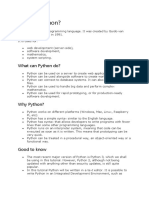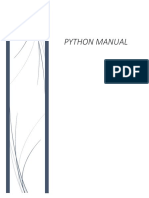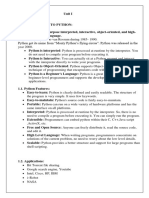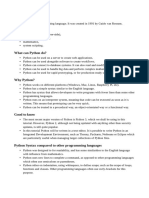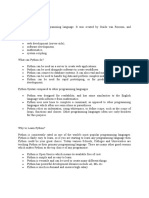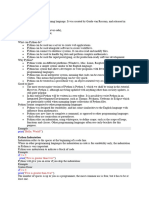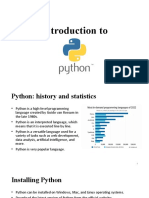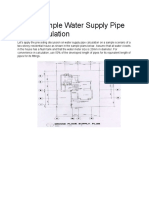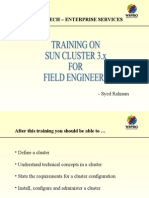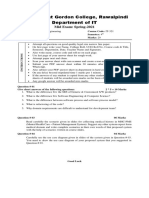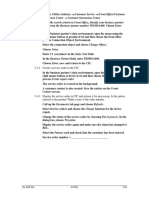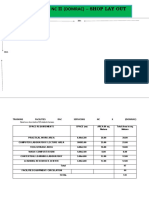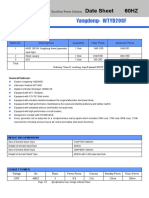Introduction to Python
What is Python?
Python is a popular programming language. It was created by Guido van Rossum, and released in
1991.
It is used for:
web development (server-
side),
software development,
mathematics,
system scripting.
What can Python do?
Python can be used on a server
to create web applications.
Python can be used alongside
software to create workflows.
Python can connect to database systems. It can also read and modify files.
Python can be used to handle big data and perform complex mathematics.
Python can be used for rapid prototyping, or for production-ready software
development.
Why Python?
Python works on different platforms (Windows, Mac, Linux, Raspberry Pi, etc).
Python has a simple syntax similar to the English language.
Python has syntax that allows developers to write programs with fewer lines than
some other programming languages.
Python runs on an interpreter system, meaning that code can be executed as soon as it
is written. This means that prototyping can be very quick.
Python can be treated in a procedural way, an object-oriented way or a functional
way.
Good to know
The most recent major version of Python is Python 3, which we shall be using in this
tutorial. However, Python 2, although not being updated with anything other than
security updates, is still quite popular.
In this tutorial Python will be written in a text editor. It is possible to write Python in
an Integrated Development Environment, such as Thonny, Pycharm, Netbeans or
Eclipse which are particularly useful when managing larger collections of Python
files.
�Python Syntax compared to other programming
languages
Python was designed for readability, and has some similarities to the English
language with influence from mathematics.
Python uses new lines to complete a command, as opposed to other programming
languages which often use semicolons or parentheses.
Python relies on indentation, using whitespace, to define scope; such as the scope of
loops, functions and classes. Other programming languages often use curly-brackets
for this purpose.
Key Concepts
Value (data types)
o String
Text value
o Int
Number value (no decimal places)
o Float
Number value (has decimal places)
o Boolean
True or false value
Variable
o Used to store values
o Has a unique name that you choose
Operator
o Used for assigning a value to a variable
o Used for math between two values or variables
Function
o Pre-written code that can be used repeatedly
Print
o Function that displays a string in the console
Error
o Text displayed in the console when Python detects a mistake
o Shows the location (line number) of the mistake
Statement
o A single line of code that does something
o Like a sentence, every statement has a subject and a verb
Comment
o Not interpreted by Python
� o Used to explain what the code does
Console
o Where you see the program’s output (print results and errors)
Syntax
Values
o Use quotation marks (" or ') around a string
o Use decimal points (.) to turn an int into a float
o Booleans can only be True or False
Functions
o Use parentheses (()) after the name to use a function
o Add the parameter between the parentheses if needed (like
in print)
Comments
o Use an octothorpe (#) to start a single-line comment
o Use triple quotes (""") around a multi-line comment
Some common operators
o A=B
Set variable A to the value of B
o A+B
Add A and B
o A-B
Subtract B from A
o A*B
Multiply A by B
o A/B
Divide A by B
